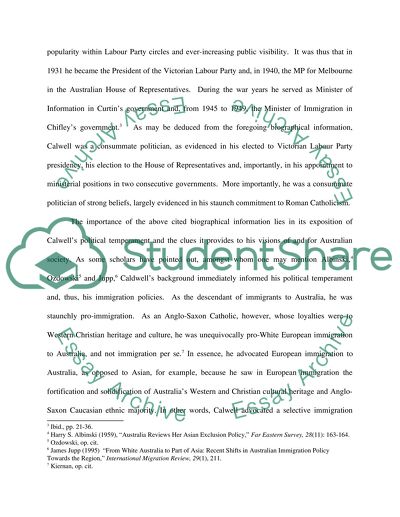Cite this document
(“Australian Immigration Policies Essay Example | Topics and Well Written Essays - 2000 words”, n.d.)
Retrieved from https://studentshare.org/history/1509521-australian-immigration-policies-essay
Retrieved from https://studentshare.org/history/1509521-australian-immigration-policies-essay
(Australian Immigration Policies Essay Example | Topics and Well Written Essays - 2000 Words)
https://studentshare.org/history/1509521-australian-immigration-policies-essay.
https://studentshare.org/history/1509521-australian-immigration-policies-essay.
“Australian Immigration Policies Essay Example | Topics and Well Written Essays - 2000 Words”, n.d. https://studentshare.org/history/1509521-australian-immigration-policies-essay.


